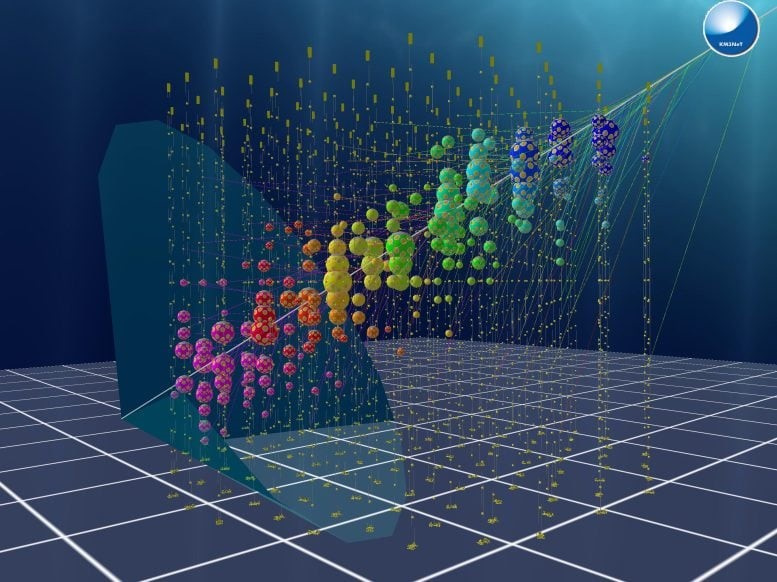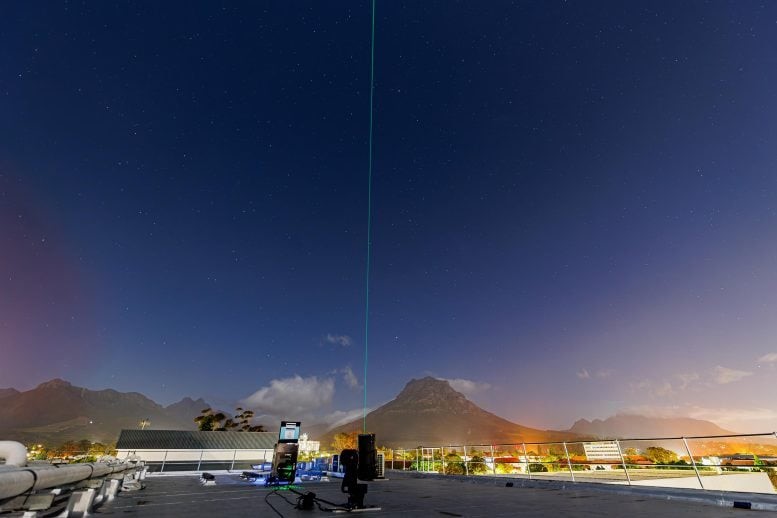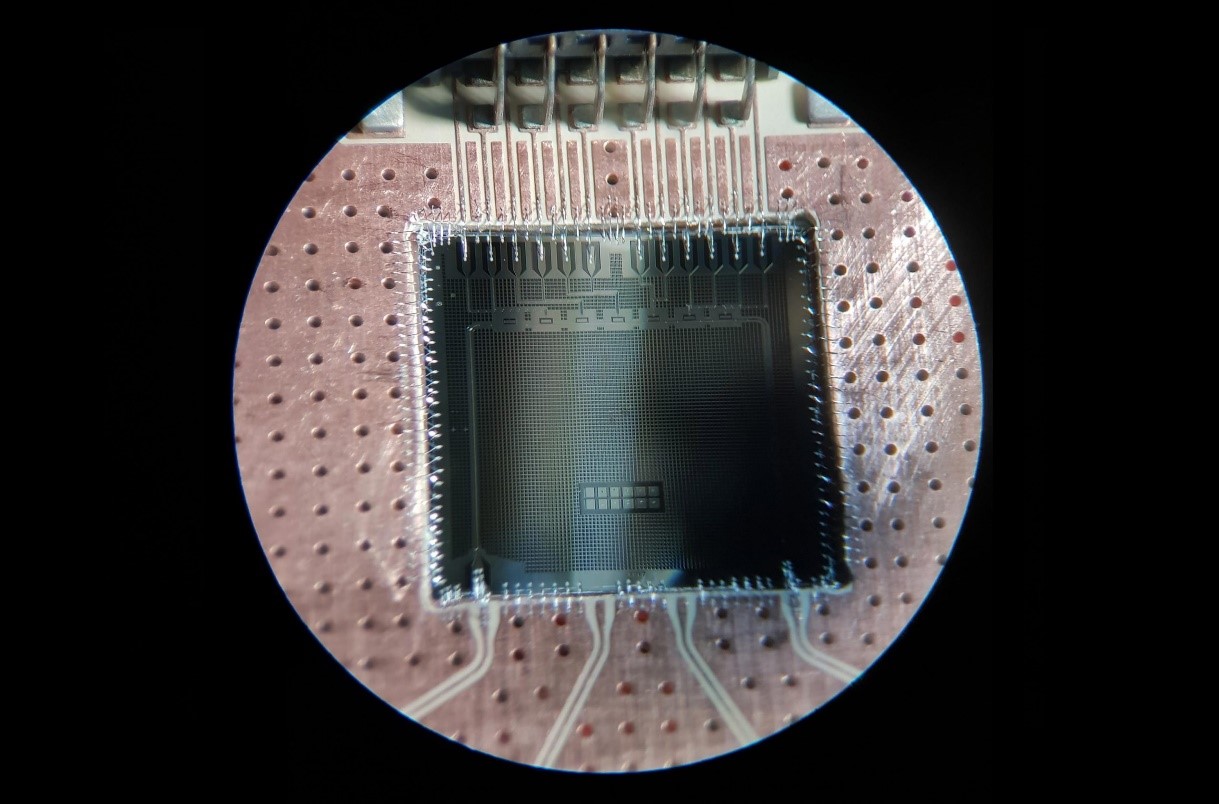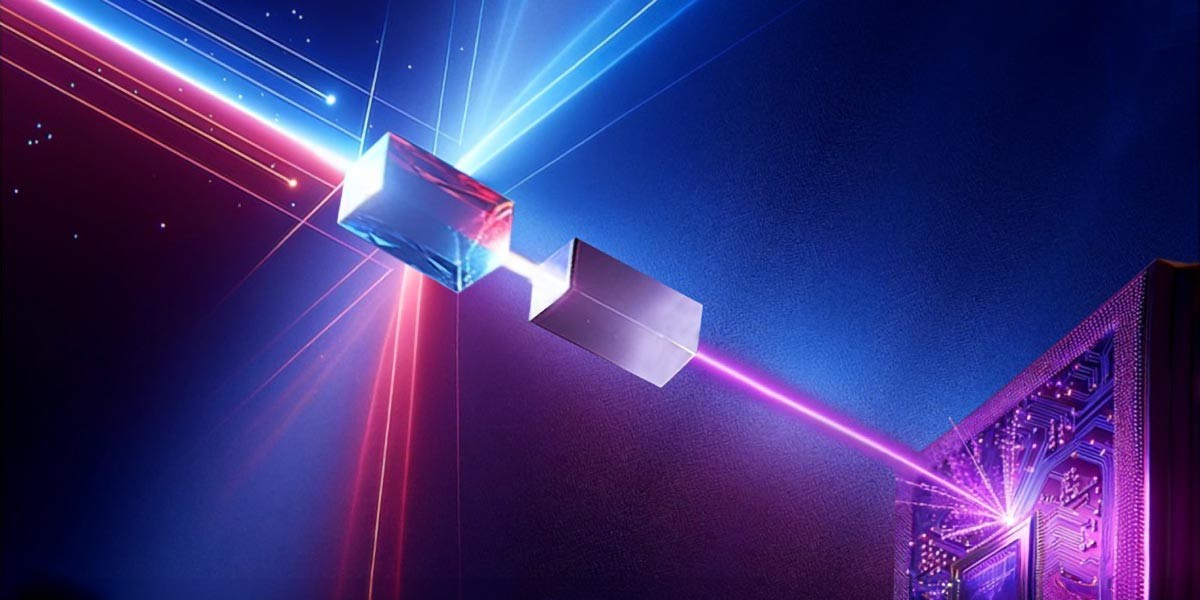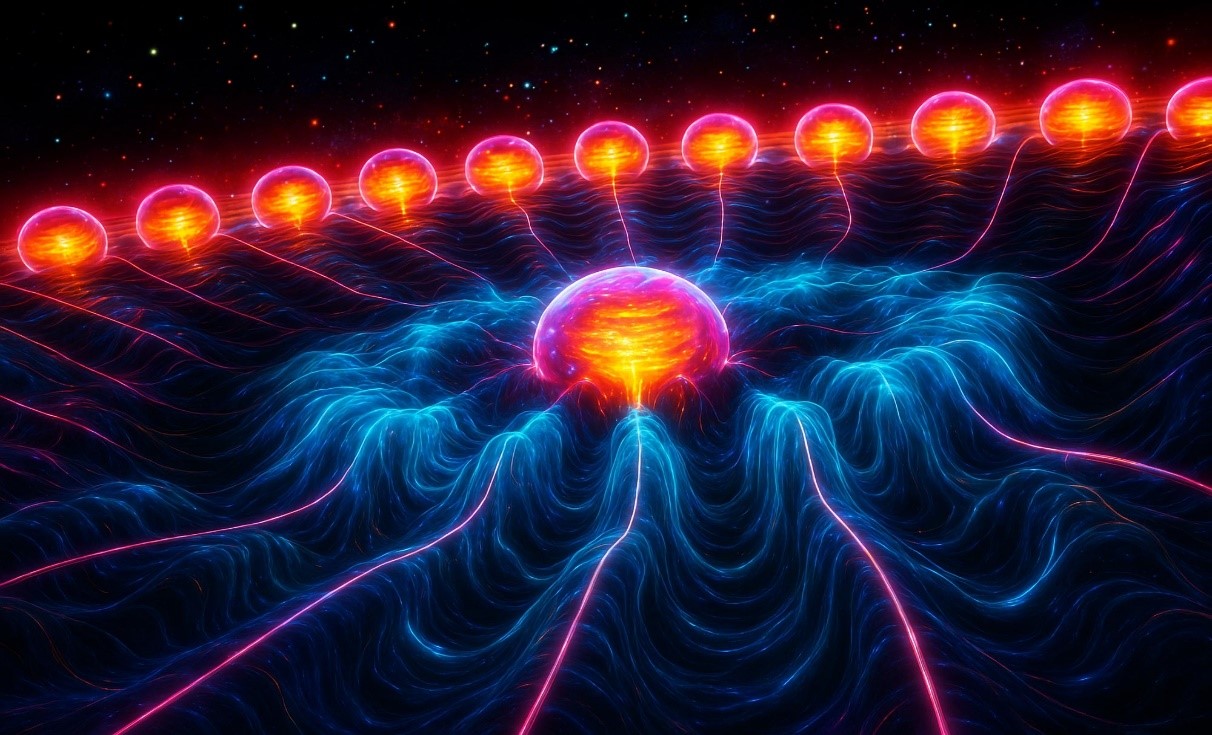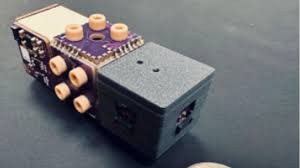Scientists Create First All-in-One Chip for Quantum Internet
Scientists at the Oak Ridge National Laboratory (ORNL) have developed a groundbreaking chip that integrates multiple quantum photonic functions, enabling broadband entangled qubits compatible with fiber-optic networks. This achievement marks a significant step toward building a scalable quantum internet. Published in Optica Quantum, the study focuses on quantum computing using photons—particles of light—to create qubits for information transmission and storage. Unlike classical bits, which represent either 0 or 1, qubits can exist in multiple states simultaneously through quantum superposition, allowing for more complex and powerful data encoding. The research also lays the groundwork for quantum networking, essential for connecting quantum devices over long distances and advancing the realization of a quantum internet.

Figure 1. First Quantum Photonic Chip for Scalable Quantum Internet
A Scalable, Compact Platform
Joe Lukens, senior author of the study and associate professor at Purdue University with a joint faculty appointment at ORNL, stated, "While others have placed individual elements on a chip, we are the first to integrate these specific capabilities into a single chip [1]. This innovation allows for manufacturing at standardized specifications, which is crucial for mass production. This breakthrough moves us beyond lab demonstrations and brings us closer to creating a quantum internet accessible to everyone." Figure 1 shows First Quantum Photonic Chip for Scalable Quantum Internet.
The ORNL team successfully encoded qubits on photons and generated entangled qubit pairs, where the properties of the qubits remained linked even when separated. They achieved broadband polarization entanglement, an essential component for various quantum network types, all within an integrated circuit similar to the electrical transistor used in classical computers. This method encodes information on photons by using the vibration direction of light waves across a broad spectrum of wavelengths.
Utilizing Existing Infrastructure
Photonic qubits generated by the new chip can be transmitted through existing fiber-optic infrastructure, reducing the need for costly new installations. This portability could contribute to a more stable and secure quantum internet. While generating and encoding qubits is still expensive and time-consuming, integrated quantum photonics on the new chip offer a solution. “Mass-producing a chip with all the necessary components for polarization entanglement would simplify the process, allowing us to integrate them into a network without the need for specialized components,” explained Alexander Miloshevsky, ORNL postdoctoral research associate and co-author of the study.
Key Components and Capabilities Inside the Chip
The chip design includes essential elements such as a microring resonator for generating entangled photon pairs and polarization splitter-rotators that direct light based on its polarization. By integrating these components on a single chip, broadband polarization entanglement can be directly generated. "These photons can seamlessly integrate with existing fiber-optic networks," explained Hsuan-Hao Lu, an ORNL quantum research scientist and co-author of the study. "Once we can produce and control these photons, standard telecom components can handle much of the remaining work."
Achieving Record-Breaking Channel Performance and Unlocking Future Potential
The team demonstrated a chip capable of transmitting over 116 distinct pairs of light wave channels, with more than 100 of them maintaining high fidelity, setting a new record. By using microring resonators to generate these pairs, their design could eventually lead to the creation of hyperentangled qubits, which would be entangled across multiple dimensions, such as color and polarization [2]. According to Lukens, increasing the number of entanglement dimensions allows for more information to be encoded into the qubits. He compares this to a pair of multifaceted dice that always match, despite rolling random results. When multiple degrees of freedom, like color and polarization, are entangled, it’s akin to using several dice pairs at once for communication—this is the concept of hyperentanglement. These advancements are crucial steps toward building a quantum internet, even though the exact final form of the technology is still unknown. Each study brings us closer to that goal.
References:
- https://scitechdaily.com/scientists-build-first-all-in-one-chip-for-quantum-internet/
- https://thetechnologyexpress.com/scientists-first-all-in-one-quantum-chip-internet/
Cite this article:
Janani R (2025), Scientists Create First All-in-One Chip for Quantum Internet, AnaTechMaz, pp.237


